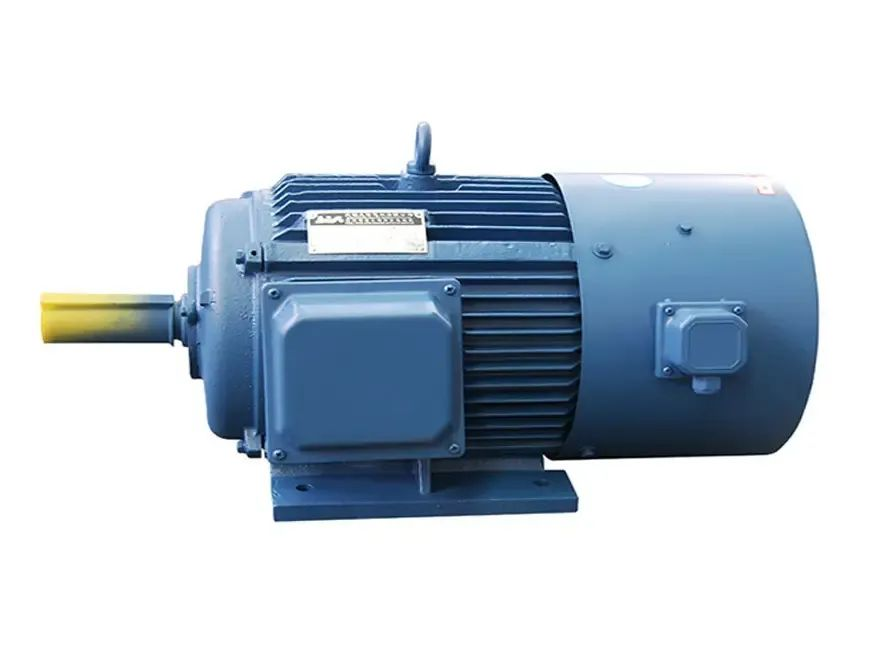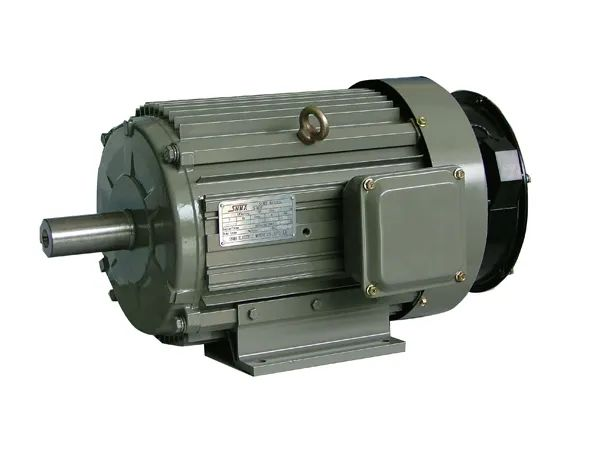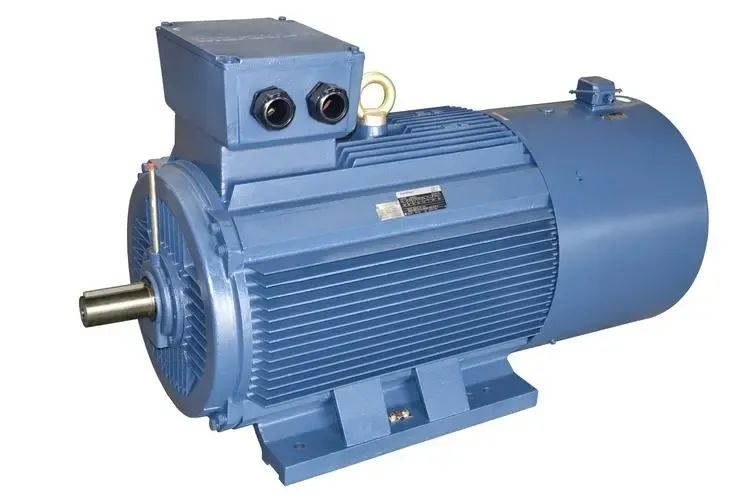An electric motor, also called an electric motor, is an electric device that can convert electrical energy into power energy. Motors that operate by receiving power to perform rotational motion when current flows in a magnetic field are relatively common, but there are many types of motors. Motors can be roughly divided into two types: AC and DC according to the type of drive power used, and these Motors can be further divided into subtypes.
Compared with ordinary motors, there is no difference in appearance between variable frequency motors and ordinary motors, but they are different in terms of function or use. However, many customers do not know which motor to choose when purchasing. Let's take variable frequency motors and ordinary motors as examples to briefly introduce their differences.

What are variable frequency motors and ordinary motors?
Variable frequency motors are also called variable frequency speed motors. The motors are controlled through what we often call frequency converters. In fact, in addition to being a variable frequency motor itself, such as a three-phase asynchronous motor, the function of a variable frequency motor can also be realized by adding a frequency converter. Its characteristic is that the frequency can be adjusted to change the speed according to the load. For example, in places where the voltage is low, a variable frequency motor can be used to reduce the frequency, so that the motor can start reliably; in places where the load is light, a variable frequency motor can be used to reduce the frequency. , in order to achieve the purpose of reducing current and speed, thereby saving electric energy.An ordinary motor, also called a motor, is an electric device used to convert electrical energy into power energy. It is used in various electrical appliances or machinery, such as industrial robots. The motor is the driving device of industrial robots and can provide movement for the arms of industrial robots. . Its characteristic is that it can rotate as soon as the power is turned on, and it will stop rotating as soon as the power is turned off. Moreover, its rotation and stop will not be reflected immediately, and it cannot adjust the speed. Its speed can only be adjusted by Reducer for reduction.Variable frequency motors and ordinary motors each have their own advantages. For example, variable frequency motors can achieve frequency conversion effects when starting and can be applied to a wider operating frequency range. Therefore, their advantages have been recognized by the public and they account for a higher market share. product, but increases the electromagnetic load, making the magnetic circuit less likely to be saturated; while ordinary motors have a simple structure and are easy to maintain, and are more affordable than variable frequency motors, but they will be burned due to overheating when used.
What is the difference between variable frequency motor and ordinary motor?
1. Different heat dissipation conditions: ordinary motors and cooling fans use the same circuit, while the circuits for variable frequency motors and cooling fans are separate. Therefore, when the frequency of an ordinary motor is too low, it may burn out due to excessive temperature. Ordinary motors are designed according to the frequency and corresponding power of the mains, and can only operate under rated conditions. However, variable frequency motors need to overcome high temperatures and vibrations at low frequencies, so the design of variable frequency motors is better than ordinary motors.2. Different insulation levels: Variable frequency motors need to withstand high-frequency electromagnetic fields, so their insulation levels are higher than ordinary motors. Under normal circumstances, ordinary motors cannot be applied with frequency converters. However, in the actual operation process, in order to save costs, ordinary motors will be used instead of variable frequency motors when speed regulation is required. However, the speed regulation of ordinary motors is precise. The degree is not too high and is usually used in energy-saving modifications of fans and water pumps.3. Different service life: The service life of variable frequency motors is usually longer than that of ordinary motors. When an ordinary motor is running, its carrier frequency can reach several thousand to more than ten kilohertz. The stator winding will experience a higher voltage, as if a steep impact voltage is applied to it, which will cause the turns of the ordinary motor to Space insulation needs to withstand more brutal experience. The variable frequency motor can work under the voltage of the rectifier and filter circuit, its performance will be more stable and its service life will be longer.A variable frequency motor is a motor controlled by a frequency converter. It is somewhat different from ordinary motors in terms of heat dissipation conditions, insulation level and service life.

During the renovation of some old equipment, in order to achieve certain effects, frequency converters are used to drive the motors. In order to save investment, the original three-phase asynchronous motor should be used as much as possible.
Under what circumstances is it recommended to use a dedicated variable frequency motor?
① When the operating frequency is >50HZ or even as high as 200~400HZ, the mechanical strength and bearings of ordinary three-phase asynchronous motors are generally unable to cope.② The operating frequency is <10HZ, the load is large and it needs to work continuously for a long time. The fan blades in the ordinary three-phase asynchronous motor cannot meet the cooling needs of the motor. The motor will seriously overheat and it is particularly easy to damage the motor.③The speed regulation ratio between the motor and the driven load is D≥10 and the working bar is frequently changed (D=Nmax/Nmin).④The speed regulation ratio D is large, the working cycle is short, and the moment of inertia GD2 is also large. The forward and reverse rotations alternately operate and require energy feedback braking.⑤Due to transmission needs, when a variable frequency motor is more appropriate, use a variable frequency motor.
Variable frequency motors have the following characteristics:
①The tail motor dissipates heat. It is driven by an independent constant-speed micro motor. The air volume of the radiator is constant and has nothing to do with the speed of the variable frequency motor.②The design mechanical strength of the variable frequency motor can ensure the highest speed of the motor and is safe and reliable for the long term.③The dynamic frequency range of the magnetic circuit design is very large, which can adapt to the requirements of the highest frequency of use and the lowest frequency of use.④The designed insulation structure is much higher than that of ordinary three-phase asynchronous motors, and can withstand high temperatures and higher impulse voltages.⑤ During high-speed operation, the noise, vibration and loss generated are no higher than those of ordinary three-phase asynchronous motors of the same specifications.





























 XINDA
XINDA